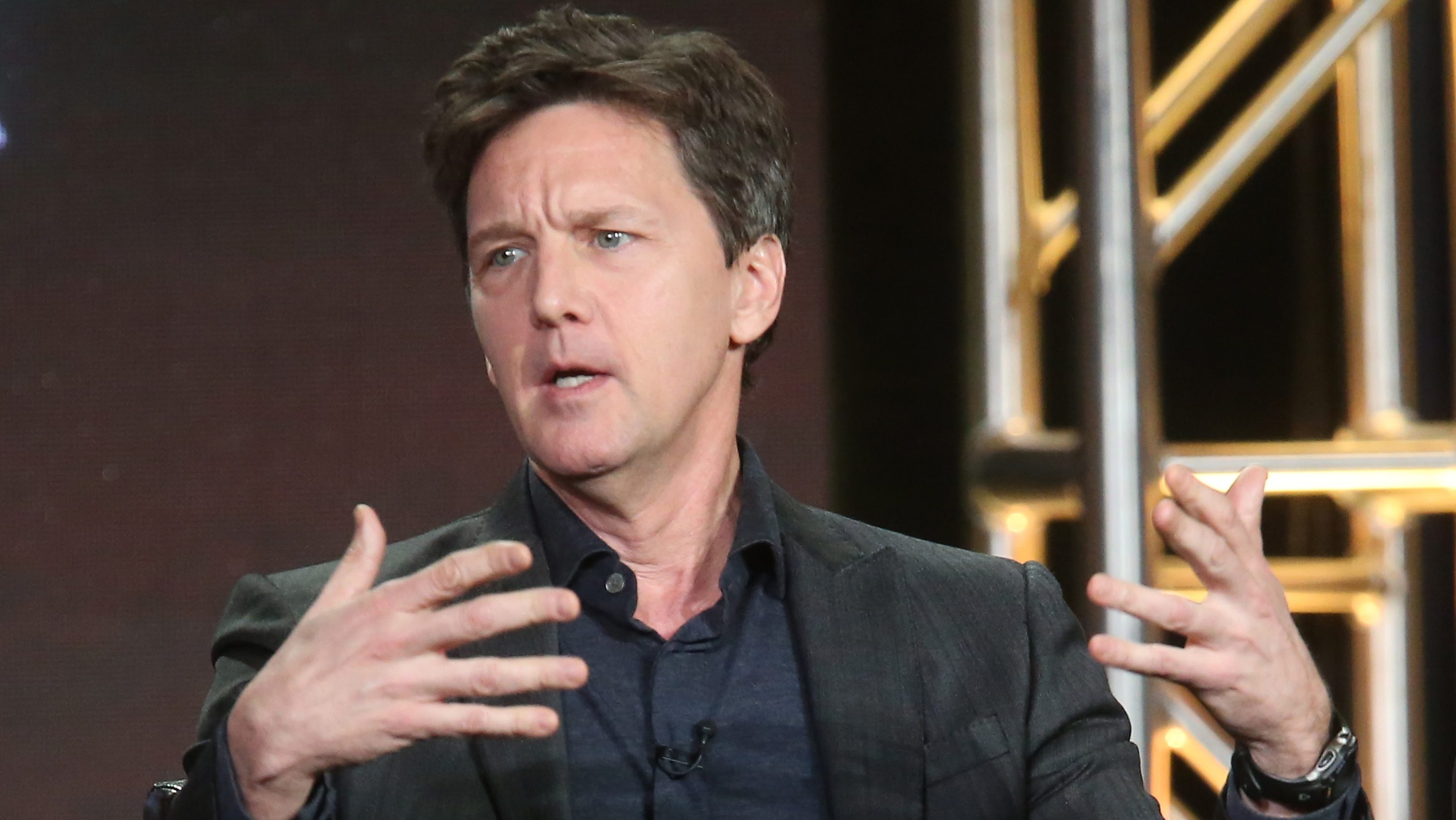Editor’s note: The following article is an op-ed, and the views expressed are the author’s own. Read more opinions on theGrio.
Being a cultural writer, especially one whose job it is to comment on pop culture events, can put you in the position of critic or cynic as often as it can make you a king (or queen) maker. Let’s face it, all of pop culture isn’t amazing or interesting; things worthy of note today might be lost to the annals of history by next year, only to be remembered via humorous looks back in a “what were we thinking?” capacity. Sometimes, though, you write a thing that impacts immediately and that impact remains forever, for better or worse, depending on your vantage point.
In June 1985, writer and editor David Blum wrote a cover story for “New York Magazine” titled “Hollywood’s Brat Pack” about the actors (none of the actresses who might have fit the bill at the time were included) who made up the until-then-unnamed group and the fame-hungry, unserious-but-profitable lives they seemed to be living. The story centered around Emilio Estevez, Rob Lowe and Judd Nelson, all actors who starred in several films, together and separately, that became the defining cultural markers for the youth culture of 1980s America. I would be remiss if I didn’t point out that they’re the defining cultural markers for white America’s youth — very few people of color existed in the worlds created by John Hughes and his ilk; Ira Madison and Malcolm Gladwell speak about this in the documentary.
The article and its ensuing fallout (or not) were the inspiration for Andrew McCarthy’s documentary about the ensemble, “Brats,” now available on Hulu. McCarthy, who was mentioned in the article via a negative quote from another non-named Brat Packer, seems to have been holding onto that term and any negative connotations for almost 40 years as some sort of albatross around his neck. The goal of his documentary was to seek out…
Read the full article here



